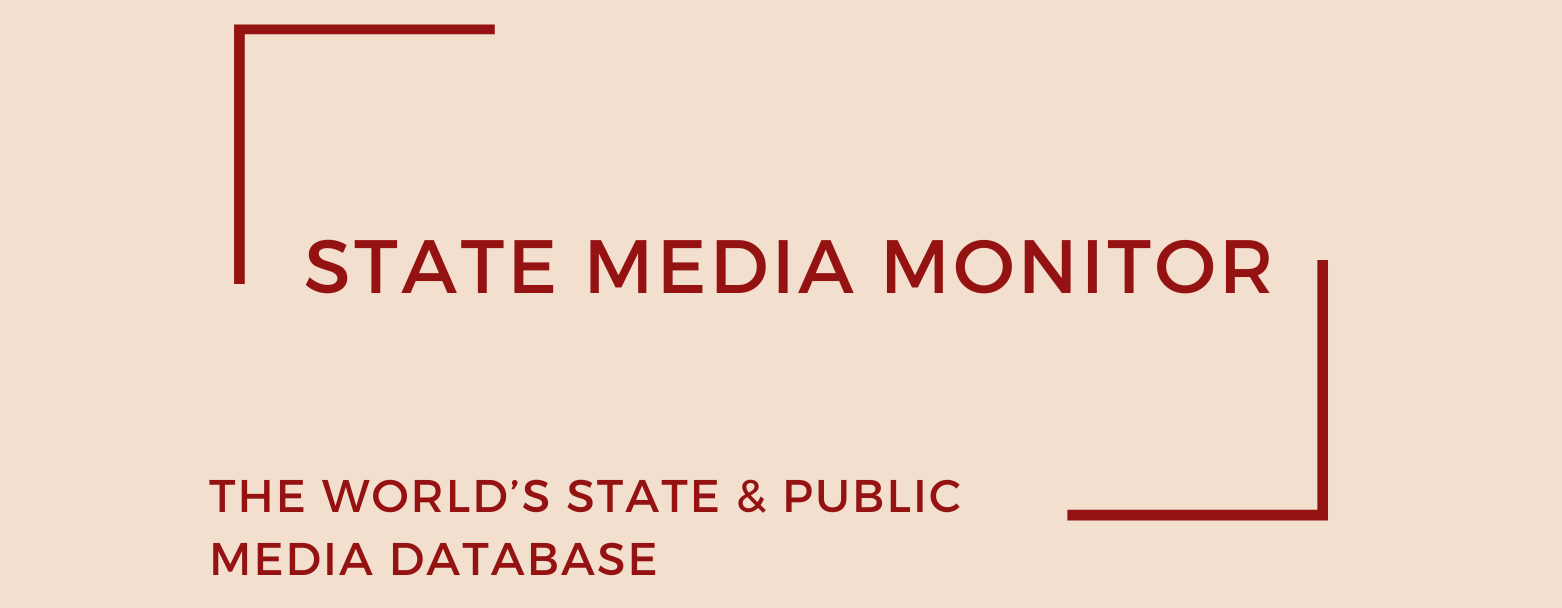Other Iranian State Captured Media
Over the past several years, we have analyzed a number of Iranian news outlets that appeared to align with our criteria for captured media. However, due to insufficient evidence of direct state ownership, editorial control, or systematic public funding, we have opted not to include them in the State Media Monitor database. For instance, Resalat, a conservative publication affiliated with the Resalat Foundation, is widely recognized as pro-government. Nonetheless, our local experts report no verifiable evidence of its financing by the state or formal editorial interference that would justify its classification as a state-administered outlet. Similarly, Khorshid—which was known to support former President Mahmoud Ahmadinejad—falls into the same category: politically aligned but lacking clear structural or financial ties to the state apparatus.
A second category includes a host of media entities either directly affiliated with the Islamic Revolutionary Guard Corps (IRGC) or owned through its extensive network of front companies. While these outlets are not yet profiled in the Iran country folder, we have catalogued them under the MENA section of our Global State Media List, as they fit our definition of captured private media—outlets nominally independent but deeply intertwined with state or parastatal entities.
Throughout the past decade, we have compiled a broader sample of outlets we suspect to be state-controlled, but which remain largely opaque, even to our local experts. These entities often operate with limited reach or influence and are virtually invisible in terms of verifiable ownership or funding documentation. Due to this lack of data—and their minimal relevance to the wider media ecosystem—we have not included them in the main database, although we continue to monitor and collect information on them. This group includes: Iran Book News Agency (IBNA), Iranian Agriculture News Agency, Iranian Labor News Agency (ILNA) – nominally owned by a government-backed trade union, Iran Metropolises News Agency (IMNA), Icana News Agency and Pupils Association News Agency (PANA).
We have also reviewed a range of state-controlled news websites that have grown in prominence, but do not qualify as journalistic outlets. These platforms are often directly tied to military or paramilitary organizations and primarily function as propaganda arms rather than media sources in the conventional sense. Examples include Sepah News (IRGC official news site) and Basij News (the media arm of the Basij militia).
Observers and digital forensics experts consulted for this report continue to highlight the Iranian regime’s extensive use of online influence operations, often deploying dozens of temporary websites and social media accounts aimed at spreading regime-aligned narratives both at home and abroad. Many of these operations are short-lived, with platforms frequently being deactivated by social media companies for coordinated inauthentic behavior or disinformation campaigns.
Experts also affirm that the Iranian state has been pursuing a long-term strategic objective of expanding its media footprint internationally, particularly in Western and regional markets. This campaign includes the creation of shell companies and proxy news portals targeting specific countries—especially the United States. In 2024, the American government once again sanctioned Bayan Gostar, a front entity alleged to be involved in orchestrating such propaganda operations. This follows earlier revelations, including the 2018 Reuters investigation that exposed the role of the International Union of Virtual Media (IUVM) in managing hundreds of such portals. However, we have not included these sites in the State Media Monitor due to their ephemeral nature—many have since disappeared following enforcement actions by online platforms.
Meanwhile, on the domestic front, Iran’s media governance model has shown signs of both centralization and contraction. In 2021, the government began restructuring its state media leadership, appointing individuals closely aligned with Supreme Leader Ayatollah Khamenei to key positions. In parallel, Tehran announced in early 2022 the closure of several foreign news bureaux operated by state media, citing fiscal constraints linked to the country’s deteriorating economic situation. This trend has continued: in 2025, while foreign-facing operations have been further scaled back, domestic investments in media—particularly in IRIB—have intensified. The sharp increase in IRIB’s annual budget in 2025, reportedly tripling to IRR 240 trillion (or even more to IRR 350 trillion, according to other sources), sparked internal criticism among journalists and civil servants, who viewed the move as politically motivated rather than performance-based.
These intersecting developments—budget reallocations, shrinking international reach, heightened domestic control, and persistent efforts to influence foreign audiences through covert digital campaigns—are reshaping the architecture of Iran’s state-aligned media. The full implications of these shifts remain to be seen, but they signal a clear trend toward the consolidation of media power under the direct control of the Islamic Republic’s ruling elite.
July 2025
Citation (cite the article/profile as part of):
Dragomir, M. (2025). State Media Monitor Global Dataset 2025.
Media and Journalism Research Center (MJRC).
Zenodo.
https://doi.org/10.5281/zenodo.17219015
This article/profile is part of the State Media Monitor Global Dataset 2025, a continuously updated dataset published by the Media and Journalism Research Center (MJRC).
